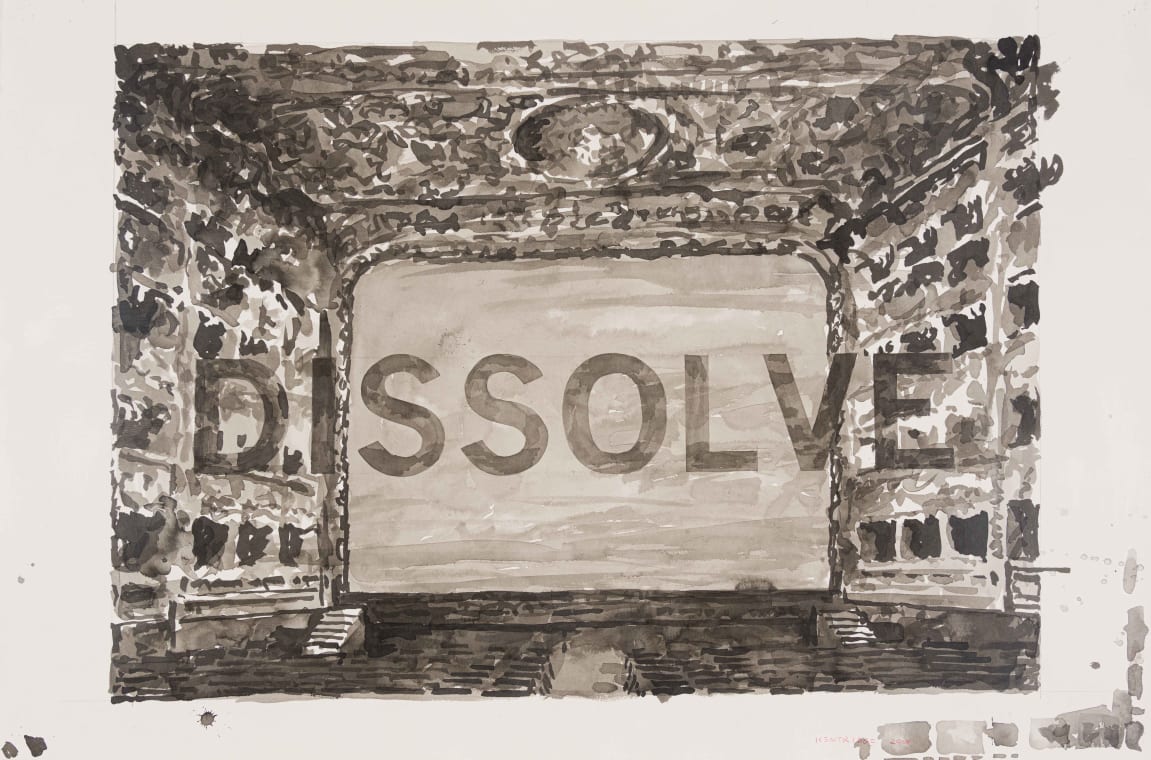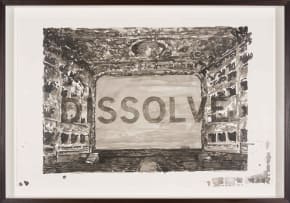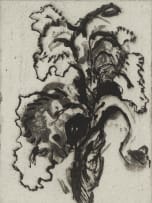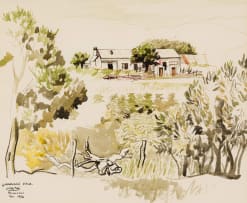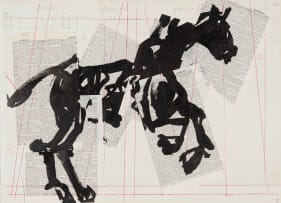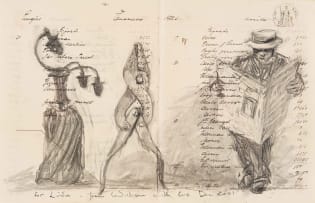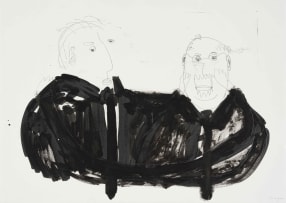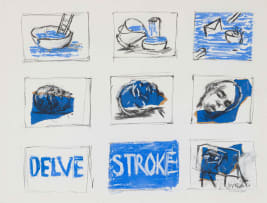Perspectives on Africa
Live Virtual Auction, 17 February 2025
Perspectives on Africa
About the SessionStrauss & Co is pleased to present Perspectives on Africa, a sale that explores the complexity, beauty, and fluidity of perspectives through African art and works by artists with strong ties to the continent. The sale coalesces the rich and varied connections between Africa and its artistic expressions, presenting works that span figuration, landscape, and abstraction, inviting collectors to engage with powerful narratives emerging from Africa's evolving perspectives. The works reflect layered meanings, both as a method of representing depth and dimension as a way of framing our understanding of the world. Work by Contemporary artists reflects on the historical foundations of Modernist artists, exploring themes such as identity, belonging, urbanisation, and re-encounters with tradition, while the sale transitions to Modernist interpretations of Africa, exploring the complexity of colonial encounters, post-independence aspirations, and indigenous practices. Building on Strauss & Co’s commitment to developing a strong local photography market, the sale includes an artist focus on the work of social documentarian Paul Alberts, whose images captured poignant narratives of everyday life, particularly in Cape Town. These works sit alongside David Goldblatt and Zanele Muholi, whose visceral images explore themes of identity, social justice and the multifaceted realities of African life.
Incl. Buyer's Premium & VAT
About this Item
signed and dated 2008
Notes
The proscenium arch of the theatre stage has occupied William Kentridge since he was a drama student in Paris in the early 1980s. Its most productive flowering was his conceptualising of the production of Mozart's The Magic Flute opera in 2005. The arch also dominates the picture plane in the present lot. Ambiguity is evident in that the large central white area could either be the back wall of the stage or a white fire screen in front of it. Regardless, both surfaces are ideal for projecting various sequences of moving images to tell a story, as Kentridge frequently does in his stop-frame animation video artworks. Many similar drawings done with ink washes are found in Learning the Flute, Preparing the Flute and in Flute itself, the various projects, prints, and publications in which Kentridge visualised his thoughts about the opera. As a matter of course he visited the Théâtre Royal de la Monnaie in Brussels, where the opera was first performed, studying stagecraft and setting, before his own productions appeared in New York and Johannesburg. In many artworks he fills the empty stage with Egyptian architectural elements and Masonic structures, implicated in Mozart's opera, including mastaba-shaped pyramids, secret chambers, hallowed hallways and endless colonnades, as well as scenes from dark woods.
Kentridge frequently experiments with the notion of the stage as subject in his work. The Black Box/Chambre Noir with its phenomenally complex mechanisms of scene changes is a good example. So is the anatomy theatre setting he uses in Il Retorno d'Ulisse. At a grand scale, the embankment along the Tiber River in Rome was integral to the performance of Triumphs and Laments, and more intimately, his studio at home serves as the platform for many of his performance pieces and films.
Words, or 'rubrics' as Kentridge calls them, appear frequently in the artist's work, especially in his later series, including the recent Waiting for the Sybil (2020). The dominant aspect of the work in the present lot is the bold word 'Dissolve' written prominently across the picture plane. It signals a fade-out, or an ending, and Kentridge often uses similar words such as 'Finis' or 'End' to conclude his videos, in the manner of early 'moving pictures' in the history of film. The word also references Kentridge's characteristic working method of drawing, erasing, and redrawing for his particular style of stop-frame animation. The prefix of the word, 'dis' recedes, and the root, 'solve', stands out against the white background, suggesting perhaps not only an ending, but also the solution to a problem or making space for a new problem with which to grapple.
